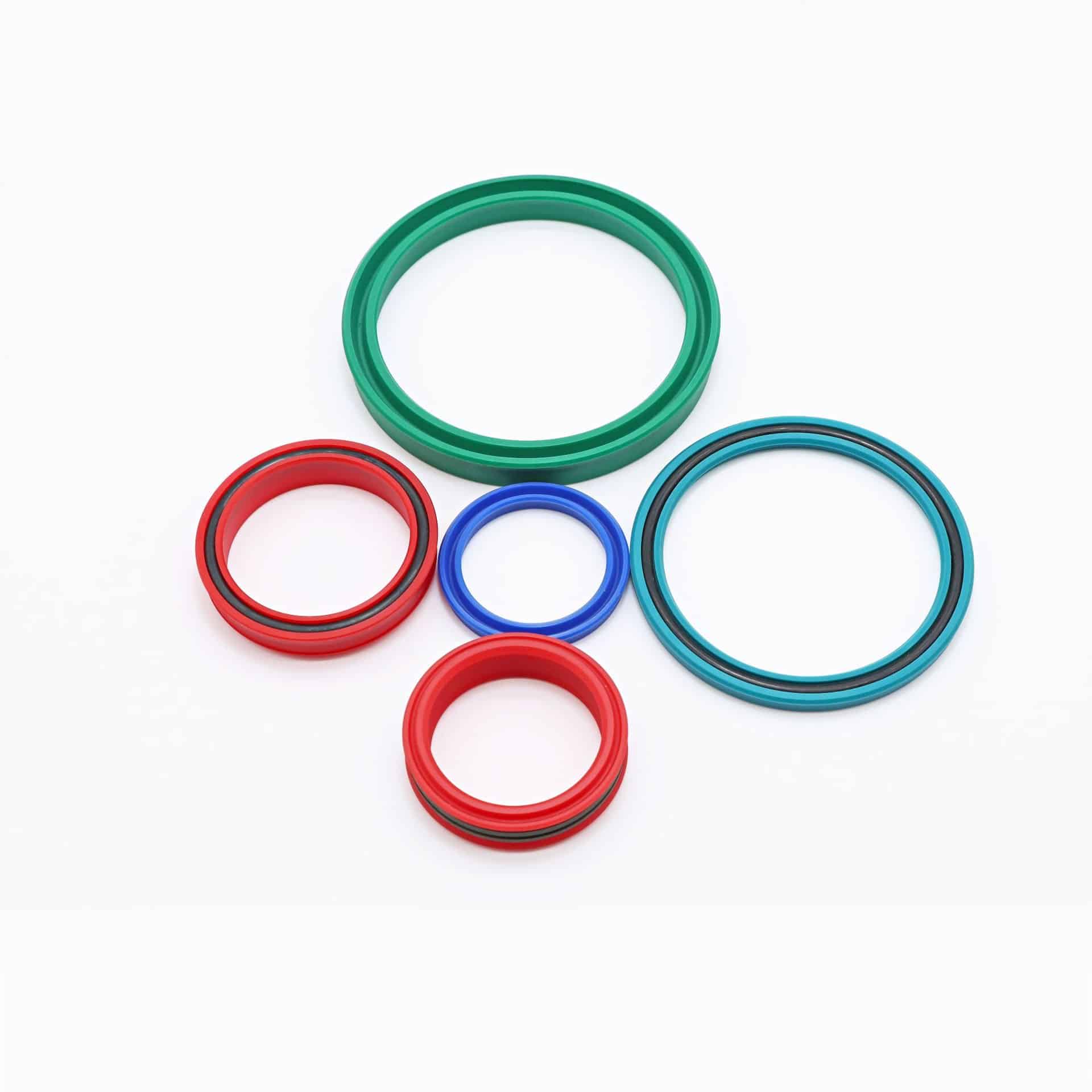Pneumatic cylinder seals are essential for preventing air leaks and ensuring smooth operation in industrial and automation systems. However, improper maintenance, incorrect material selection, and harsh environments can cause seals to fail prematurely.
In this guide, we will share effective tips to extend the lifespan of pneumatic seals, helping you reduce downtime and maintenance costs.

How Can I Increase the Lifespan of My Pneumatic Cylinder Seals?
Understanding the causes of seal failure is key to extending their lifespan.
Common reasons for premature seal wear:
- Friction and abrasion – Excessive movement without proper lubrication
- Contamination – Dust, dirt, or moisture affecting the sealing surface
- Incorrect material selection – Using a seal that’s not resistant to temperature or chemicals
- Overpressure or misalignment – Excessive force damaging the seal
By choosing the right seals and following proper maintenance procedures, you can significantly increase seal longevity. Explore our selection of Pneumatic Cylinder Seals to find the best fit for your application.
Why Lubrication Matters for Pneumatic Seals?
Lubrication is essential to reduce friction and prevent seal degradation. Many seal failures occur due to lack of lubrication. Learn how to prevent this issue.
Why is Lubrication Important?
- Reduces friction – Prevents excessive wear on the seal surface
- Minimizes heat buildup – Prevents seal hardening and cracking
- Improves flexibility – Ensures smooth piston and rod movement
Best Lubricants for Pneumatic Seals:
- Silicone-based lubricants – Ideal for high-speed applications
- PTFE-based lubricants – Best for low-friction sealing
- Mineral oils – Suitable for general-purpose pneumatic systems
📌 Avoid petroleum-based lubricants for TPU and NBR seals, as they may cause swelling or hardening.
How Do I Choose the Right Material for Longevity?
Different seal materials have varying durability based on temperature, pressure, and environmental conditions.
| Material | Lifespan & Durability | Best Application |
|---|---|---|
| NBR (Nitrile Rubber) | Good wear resistance, lasts 6-12 months | Standard pneumatic cylinders |
| TPU (Polyurethane) | High abrasion resistance, lasts 12-24 months | High-speed automation |
| FKM (Fluorocarbon Rubber) | Chemical & heat resistant, lasts 24+ months | Harsh industrial environments |
📌 For high-wear applications, TPU or FKM seals provide the longest lifespan. PU and NBR seals offer great durability. Find out which one lasts longer.
How Do I Prevent Contamination & Seal Damage?
Dirt and debris reduce seal performance and cause premature failure.
How to Protect Pneumatic Seals from Contaminants?
- Use dust wiper seals – Prevents dust and dirt from entering cylinders
- Regularly clean sealing surfaces – Removes contaminants before they damage seals
- Install proper air filtration – Prevents particles from entering the pneumatic system
📌 Recommended Products: ZHM Dust Seal, DOP Wiper Seal, MYA Dust Seal
For more protection, check out our dust wiper seals.
How Do I Avoid Overpressure & Misalignment?
Excessive pressure and misalignment put unnecessary stress on pneumatic seals.
How to Prevent Overpressure & Misalignment?
- Use buffer seals (PP Kaifu, DNC Cushion) to absorb shock loads
- Ensure proper alignment of rods and pistons to prevent uneven wear
- Monitor system pressure – Use seals rated for the expected PSI range
📌 Using buffer and cushion seals can prevent seal deformation and prolong lifespan. Find more details on buffer seals.
How Often Should I Inspect Pneumatic Seals?
Regular inspection and scheduled replacements prevent unexpected failures. Using high-quality seals ensures longevity and reduces downtime. Explore our premium pneumatic cylinder seals.
Recommended Inspection Intervals:
- Every 3-6 months – Visual inspection for wear or damage
- Every 6-12 months – Check for air leaks or decreased performance
- Every 12-24 months – Replace seals for high-wear applications
📌 Replacing seals before they fail completely helps prevent costly downtime.
Where to Buy Long-Lasting Pneumatic Seals?
If you need high-performance and durable pneumatic seals, we offer:
✅ Rod Seals, Piston Seals, Buffer Seals & Wiper Seals
✅ Materials: TPU, NBR, FKM, PTFE
✅ OEM & Bulk Orders Available
📌 Looking for premium pneumatic seals? Contact us today for a quote or consultation!
📞 WhatsApp: +86 17622979498
Conclusion
By following proper maintenance practices, using high-quality lubricants, and selecting the right material, you can extend the lifespan of pneumatic cylinder seals and improve system efficiency.
Browse Related Guides
- How to Extend Pneumatic Seal Lifespan
- Piston Seal Types & Materials
- TPU and NBR Seals for Pneumatic Systems


